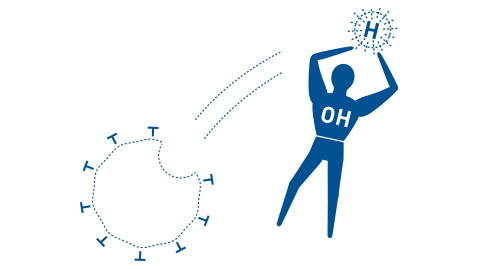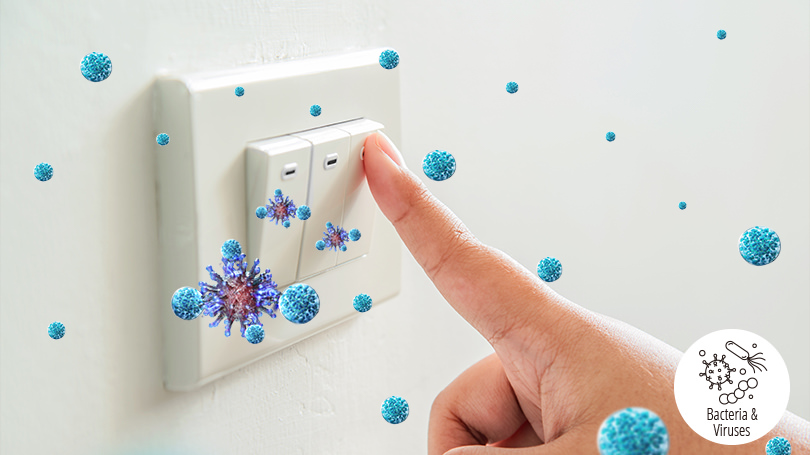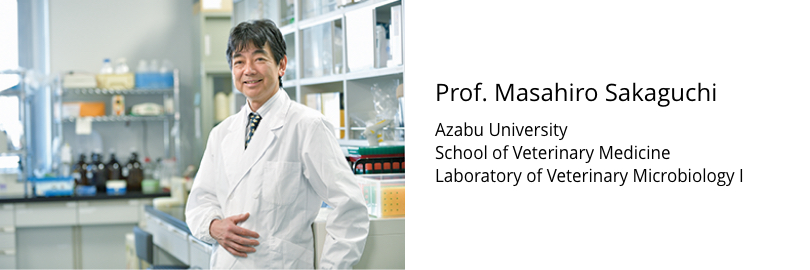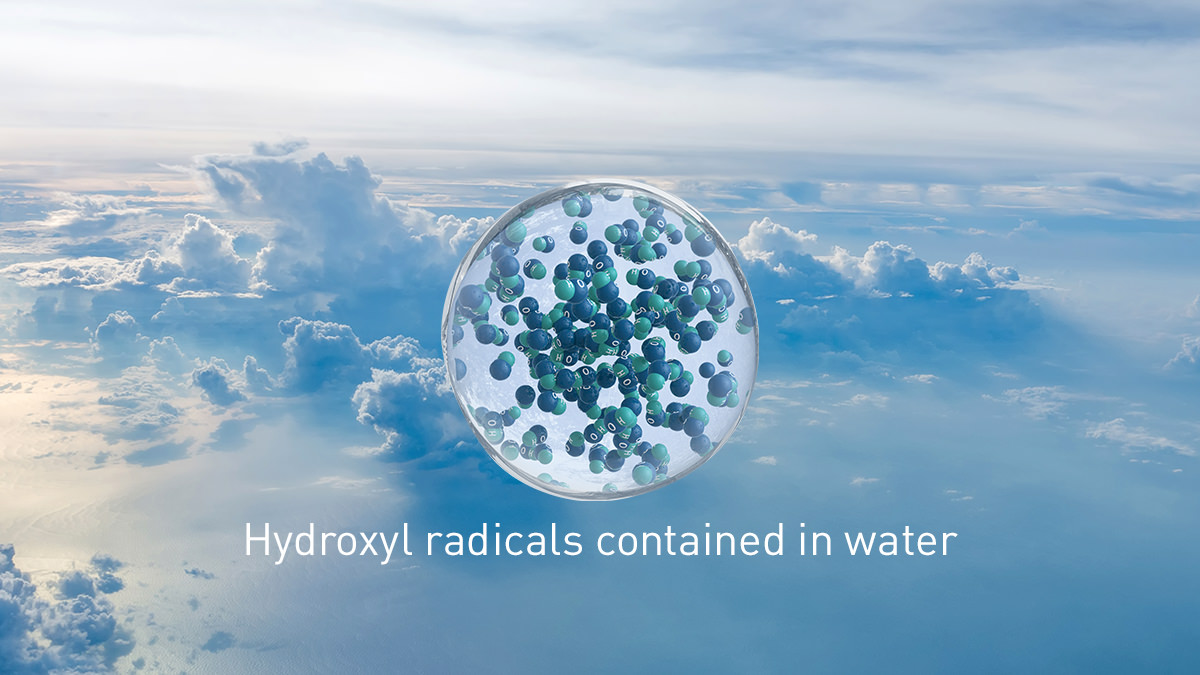Expanding nanoe™ X—24/7,
anytime, anywhere.
Discover the different applications and benefits of the ground-breaking technology in interesting projects this week!
#nanoeX in healthcare: To improve protection for patients and staff, the 27 #dental practices that make up the Riverdale Healthcare network in England were equipped with #heatpumps with incorporated nanoe™ X technology. The Panasonic solution installed by Sub-Zero Climate Control inhibits the growth of certain viruses and bacteria as well as helping improve the indoor #airquality by spreading hydroxyl radicals in waiting rooms and surgeries.
The Dental Clinic Ablis in France was equipped with a #heating and #cooling system featuring the ground-breaking nanoe™ X technology the doctor discovered at the Interclima trade show and was immediately convinced of.
Not only does the solution help improve protection, but it also reduces unpleasant odours from the air, creating a more pleasant environment for everyone in the building. A 90x90 cassette #airconditioning was installed in every surgery room, moving the air in a manner that doesn’t cause any disruption or discomfort. The mini VRF range installed was planned to meet the requirements and impresses with its efficiency and quiet performance.
See all the projects
nanoe™ X,
technology with the benefits of hydroxyl radicals
Abundant in nature, hydroxyl radicals (also known as OH radicals) have the capacity to inhibit pollutants. nanoe™ X, technology can bring these incredible benefits indoors so that hard surfaces, soft furnishings, and the indoor environment can be a cleaner and pleasant place to be.

A naturally occurring process
Hydroxyl radicals are unstable molecules looking to react with other elements like hydrogen, capturing it. Thanks to this reaction, hydroxyl radicals have the potential to inhibit the growth of pollutants, breaking them down and neutralising the unpleasant effects.


What happens to substances that have lost a hydrogen atom?



24-hour deodorisation in a facility,
even after closing
Effective on certain adhered viruses

nanoe™ X particles penetrate deep into fabrics to inhibit bacteria that adhere to chairs and minimise odours. Continuous use of nanoe™ X can mitigate the deterioration of fabrics.
Effective on adhered viruses

nanoe™ X is effective not only against airborne viruses, but also viruses attached to things you often touch, such as doorknobs, tables, and chairs.
Safety of nanoe™ X is confirmed

In fact, human being is producing the hydroxyl radical in our body through respiration process, and we utilize it’s characteristic of inhibition of pollutants for our cleaning body inside. nanoe ™ X produces hydroxyl radical as 4.8 trillion per second, in the condition of contained water, which is just one 500 thousand of that human being do.
Nanoe technology is just bring nature balance indoor, so it’s safety.
nanoeTM X is nanoscale particle ions encapsulated with water. It is safe as it is made from water, nature. The safety tests are verified as below.
|
Test Subject |
Test name |
Testing organisation |
|---|---|---|
|
Impact on chromosomes |
Chromosome abnormality test using cultured cells |
Japan Bioassay Research Center*⁵ |
|
Impact on respiratory organs |
Repeated administration toxicity test |
Life Science Research Laboratory*⁶ |
|
Toxicological and carcinogenic impact |
Chronic toxicity and carcinogenicity combined test |
Food and Drug Safety Center, Hatano Research Institute |
|
Impact on DNA |
Comet Assay |
Food and Drug Safety Center, Hatano Research Institute |
|
Impact on male and female fertility |
Simplified reproductive toxicity test |
Food and Drug Safety Center, Hatano Research Institute |
The effects of nanoe™ X
have been recognized by experts








